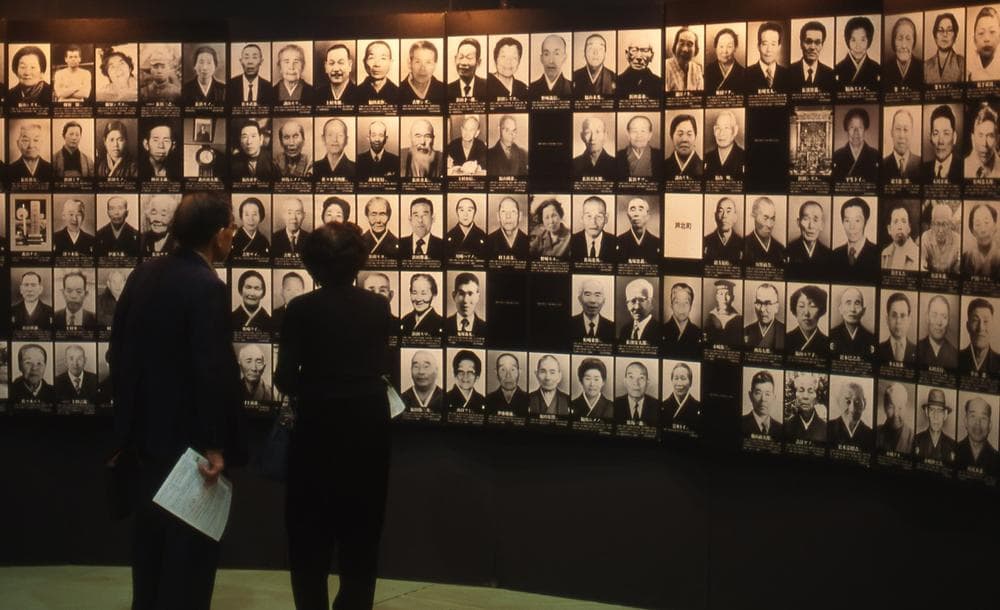Advertisement
Mercury Treaty Puts Spotlight On Japan's Minamata Chemical Disaster
Resume
Representatives from 140 countries gather in Minamata, Japan, this week to sign a global agreement to reduce mercury in the environment.
This comes nearly 80 years after a chemical plant in Minamata began releasing methyl mercury into the ocean.
The resulting mercury poisoning affected some 60,000 people and was officially recognized as Minamata disease in 1956.
The chemical poisoning is described as one of the world's worse environmental disasters.
The company and government response to the incident, and the effects on the residents and the environment continue to reverberate today.
Timothy S. George, a professor of history at the University of Rhode Island, joins Here & Now's Robin Young to discuss the history of the environmental danger and what this new agreement will mean for the company that released the chemicals into the ocean.
Guest
- Timothy S. George, professor of history at the University of Rhode Island and author of "Minamata: Pollution and the Struggle for Democracy in Postwar Japan."
This segment aired on October 9, 2013.